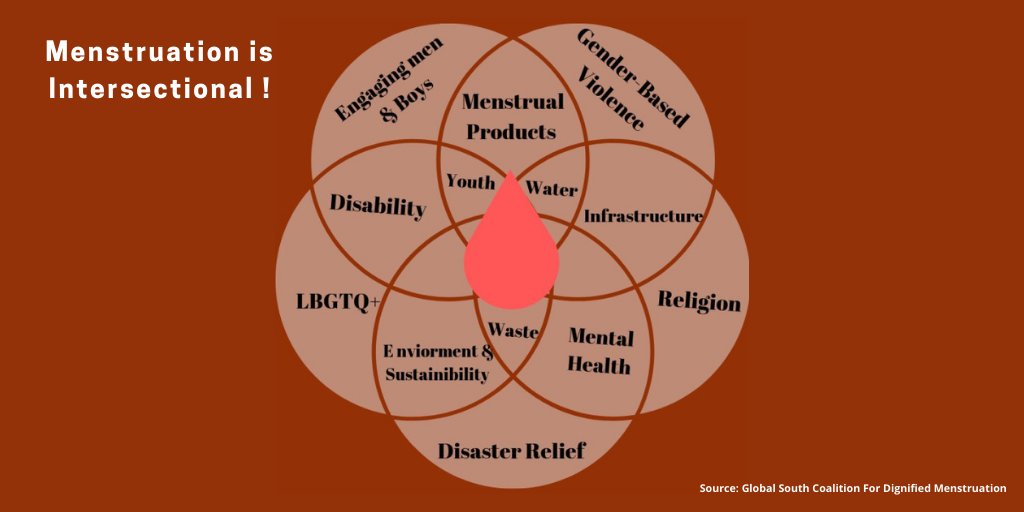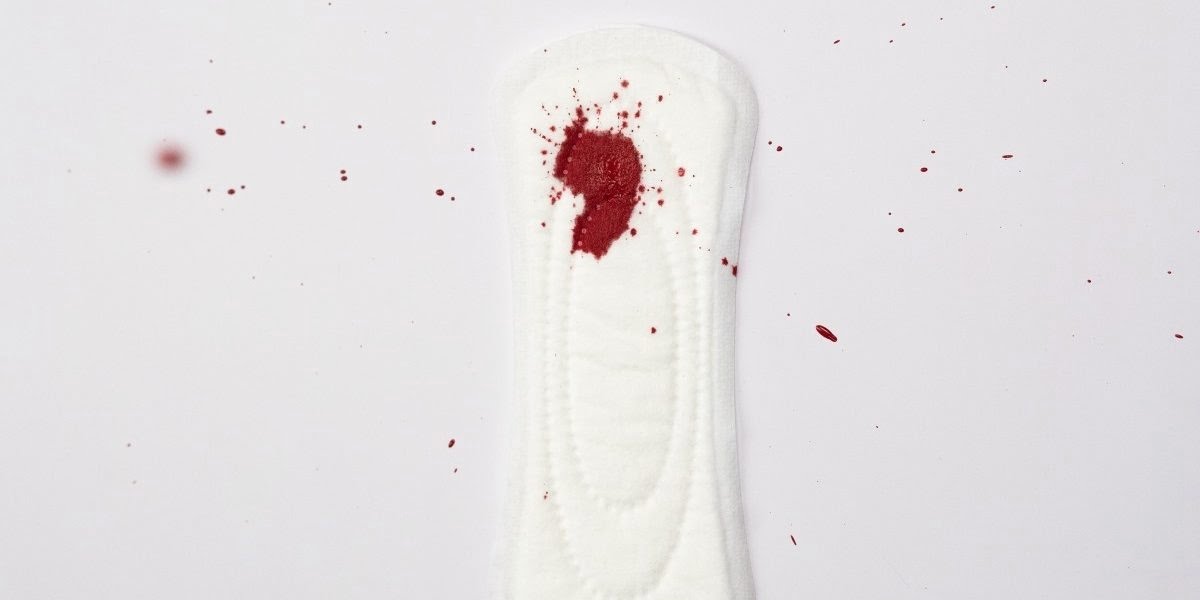In November 2008, the Department of Pharmaceuticals in the Ministry of Chemicals and Fertilizers launched the Pradhan Mantri Bhartiya Janaushadhi Pariyojana (PMBJP). Under the scheme, smaller outlets called ‘Janaushadhi Kendras’ were established all over the country in an effort to provide generic medicines and surgical items at highly subsidised prices.
On 27th August, 2019, an addendum was made to the scheme: the Janaushadhi Kendras now housed sanitary napkins as well at the meagre rate of INR 1 per pad. These napkins were made available in more than 8000 PMBJP Kendras across the country. What was particularly special about these sanitary napkins is that they are oxo-biodegradable: meaning that after being used and discarded, when the napkin comes in contact with oxygen it will disintegrate on its own.
The PMBJP was perhaps the first attempt at making sustainable menstruation affordable and accessible to India’s most underprivileged menstruators. In his Independence Day speech, the Prime Minister lauded the scheme’s initiative, stating that “In 6,000 Jan Aushadi Kendras, more than 5 crore sanitary napkins have been provided to women in a short period of time”.

While the scheme is definitely a crucial first step in India’s move towards building menstrual equity in a sustainable and affordable manner, is it really that progressive? The scheme and the Prime Minister’s words reflect a much less questioned and critiqued reality regarding menstruation- our own unilateral and feminine understanding of it.
Also read: Anaemia And Female Health: An Overwhelming Number Of Indian Women Are Anaemic
A conventionally feminine interpretation of menstruation is fairly common across societies and is reflected in and reinforced by the language we use to talk about menstrual products (calling them ‘feminine’ hygiene products) and in the advertisements of these products: most ads for disposable pads in India showcase women conquering the day in their white pants. The products have floral motifs because these are considered feminine and a ‘pleasing fragrance’ because it is considered conventionally feminine to always smell nice.
A conventionally feminine interpretation of menstruation is fairly common across societies and is reflected in and reinforced by the language we use to talk about menstrual products (calling them ‘feminine’ hygiene products) and in the advertisements of these products: most ads for disposable pads in India showcase women conquering the day in their white pants. The products have floral motifs because these are considered feminine and a ‘pleasing fragrance’ because it is considered conventionally feminine to always smell nice.
In fact, this feminine interpretation of menstruation is true for almost any and every menstrual policy, scheme or nation-wide survey done in India. The recently administered National Health Family Survey (NFHS-5) that extensively covered the usage of menstrual products among menstruators across states in India made a fatal mistake: it limited its research on menstruators solely to women and made no distinctions between the experiences of women with disabilities and those without disabilities. The research also did not take into account how a menstruator’s circumstance, particularly their occupation, can shape their menstrual experience and impact which menstrual product they use and if this product is affordable and accessible to them in India.
This lack of an intersectional understanding of menstruation, particularly sustainable menstruation, is a conscious attempt at furthering a narrative on menstruation that is ableist, transphobic, biologically essentialist and a watered down generalisation of the myriad of factors and circumstances (both internal and external) that cement one’s experience and relationship with menstruation.
Going beyond the feminine-masculine dichotomy: the experiences of non-women menstruators and menstruators with disabilities
The NFHS-5 did not take into account the several intersectional realities of menstruators in India whose personal circumstances or occupations shape their menstrual experiences- for instance, menstruators on the LGBTQIA+ spectrum such as trans men show hesitancy in using disposable pads (the most widely available menstrual product in India), especially in public places as it requires quite a lot of loud peeling and tearing which can possibly attract violent transphobic reactions from others in public toilets as well as is a gender dysphoric process in itself. More often than not, there are also no dustbins for disposal of menstrual waste in men’s public toilets, which creates a further obstacle in their experience of menstruating in a public space.
The complications for menstruators on the LGBTQIA+ spectrum are often mentally exhausting and debilitating. Several menstruators of the LGBTQIA+ community have reported experiencing gender dysphoria due to the manner in which the conversation around menstruation is structured.
Sade Kondelin, in ‘Gender Dysphoria as an Embedded Experience’ points out that: ‘Our gendered embodiment can also become the focus of our attention through various signals from our surroundings’. The way institutions and people in their surroundings shape the normative narrative on menstruation (via deciding who menstruates, who are menstrual products meant for and who should be included in any nationwide research on menstruation) contributes to feeling a sense of unease- due to a mismatch between their gender at birth and their gender identity. One of the trans menstruators I had personally spoken to had stated that their dysphoria would kick in when they would go to the store to buy disposable pads and see the aisle being labelled as ‘feminine hygiene products’. Their dysphoria would also be particularly heightened in public spaces such as the men’s toilet, locker rooms or schools.

Another community whose menstrual experiences are ignored and see little inclusion in menstrual schemes and policies are menstruators with disabilities. In the disabilities spectrum, it is the nature of one’s disability that influences their management of menstruation. Access to menstrual products is not the only kind of menstrual poverty that exists. Equally important is the access to Water, Sanitation and Hygiene (WASH) infrastructure and facilities, especially when menstruating.
Also read: What Is Period Poverty?
People with mobility related disabilities have expressed concerns related to the menstrual product itself and to the ableist nature of public WASH facilities. For instance, people with physical disabilities face challenges in using public toilets, sinks and areas for washing or drying. Among these people, menstruators with disabilities below the waist or those using wheelchairs find wearing disposable pads difficult as they have to be changed within 4-5 hours and the pad might move if they shift in the chair. Thus, they have to move to other menstrual products such as menstrual cups or cloth pads that are costly and require additional effort such as regular washing or insertion in the vagina. Those who cannot feel sensation from waist below might not be able to detect when their pad has moved and if they have stained or not.
People with disabilities concentrated in their hands have issues with menstrual products that require to be inserted or equipped, such as cloth pads, pads, tampons or menstrual cups. Thus, period underwear would be an ideal product for them, if not for the fact that they are not easily available, are very expensive and require regular washing and drying.
People with disabilities concentrated in their hands have issues with menstrual products that require to be inserted or equipped, such as cloth pads, pads, tampons or menstrual cups. Thus, period underwear would be an ideal product for them, if not for the fact that they are not easily available, are very expensive and require regular washing and drying.
People with vision related disabilities might not be able to distinguish between period blood and vaginal discharge and thereby will not be able to track their cycles, especially if it is irregular. They will also have trouble in telling if a pad needs to be changed and might have a more comfortable cycle with a menstrual cup. Having said that, they might require assistance in inserting the cup.
Menstruators with intellectual disabilities face added levels of challenges in menstrual hygiene management. In a study conducted by M. Sivakami and Poornima Thapa on menstrual experiences of adolescents with intellectual disability in India, it was found that mothers would often pull their daughters out of school during menstruation and would keep them locked in the house because of the fear that girls would not register the stigma attached to menstrual blood and would not be able to wear pads on their own. In cases wherein the menstruators were fully dependent on their family for menstrual hygiene management, the families would opt for hysterectomies, but this would only be possible if the families could afford to pay for the procedure and were aware of its existence.

Clearly no one menstrual product works for all communities and all communities face unique challenges in their menstrual experience that hamper their access to menstrual products, WASH facilities and their capacity to maintain menstrual hygiene.
It therefore becomes imperative to move beyond schemes of distributing sanitary pads for women to an intersectional and ever evolving understanding of menstruation, one that sees menstrual experiences as unique products of the menstruator’s external and internal circumstances and tailors its approach to provide hyperlocal solutions and support.
Aarushi Gupta is a student of International Relations from Delhi. She is a budding writer on issues pertaining to menstrual equity and women’s rights. Currently, she is in the process of starting her own NGO named The Red Padding Project, aimed at intersectional menstrual equity among underprivileged menstruators in India. You can find her on Instagram, LinkedIn and Facebook.
Featured image source: TheWire




